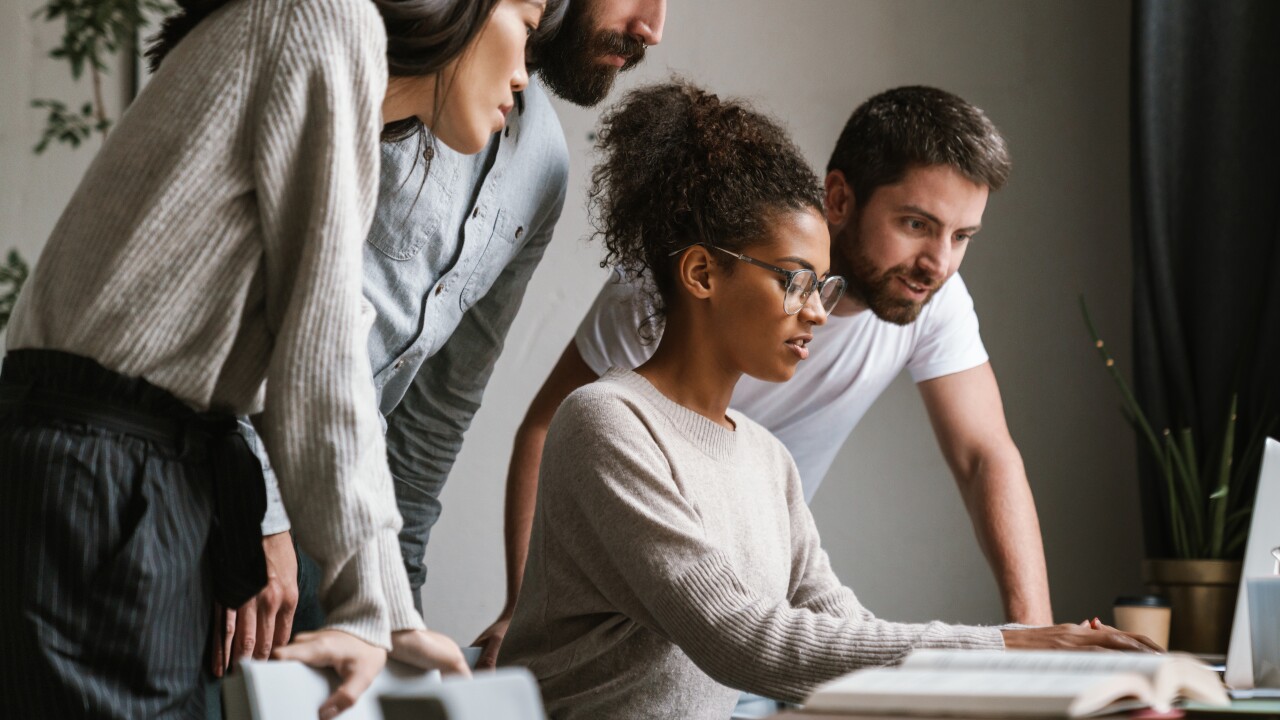When a company creates a culture where people feel happy, confident and unified, it sets the tone for every aspect of employees' work. A strong culture also helps with
And if this was easy to do, everyone would do it.
But it's not, which may explain the current disconnect in how leaders view their efforts to
Read more:
If people leaders want to develop a workplace where all employees feel valued, know what's expected of them, and support one another, it will require a long-term investment of intention, time and effort, says Rhett Power, executive coach and CEO of leadership and culture-building company Accountability Inc. To lay the groundwork for improvements, he recommends getting feedback early on from management teams and employees who are influential among their peers.
"Start with a sit down to talk about purpose, vision and mission," Power says. "Does all that make sense? Do we understand it? Does it really define who we are and what we're doing and why we're here? If you can settle on those, then you can start talking about culture and how you can tie your culture to the mission and the purpose, and you can tie the work to it and the goals. Then it's a matter of getting everybody to buy into it and agree that this is what we want to do, and here is how we're going to do it."
Once this initial work has been done, Power advises leaders to make these six culture-building elements a permanent part of their company.






